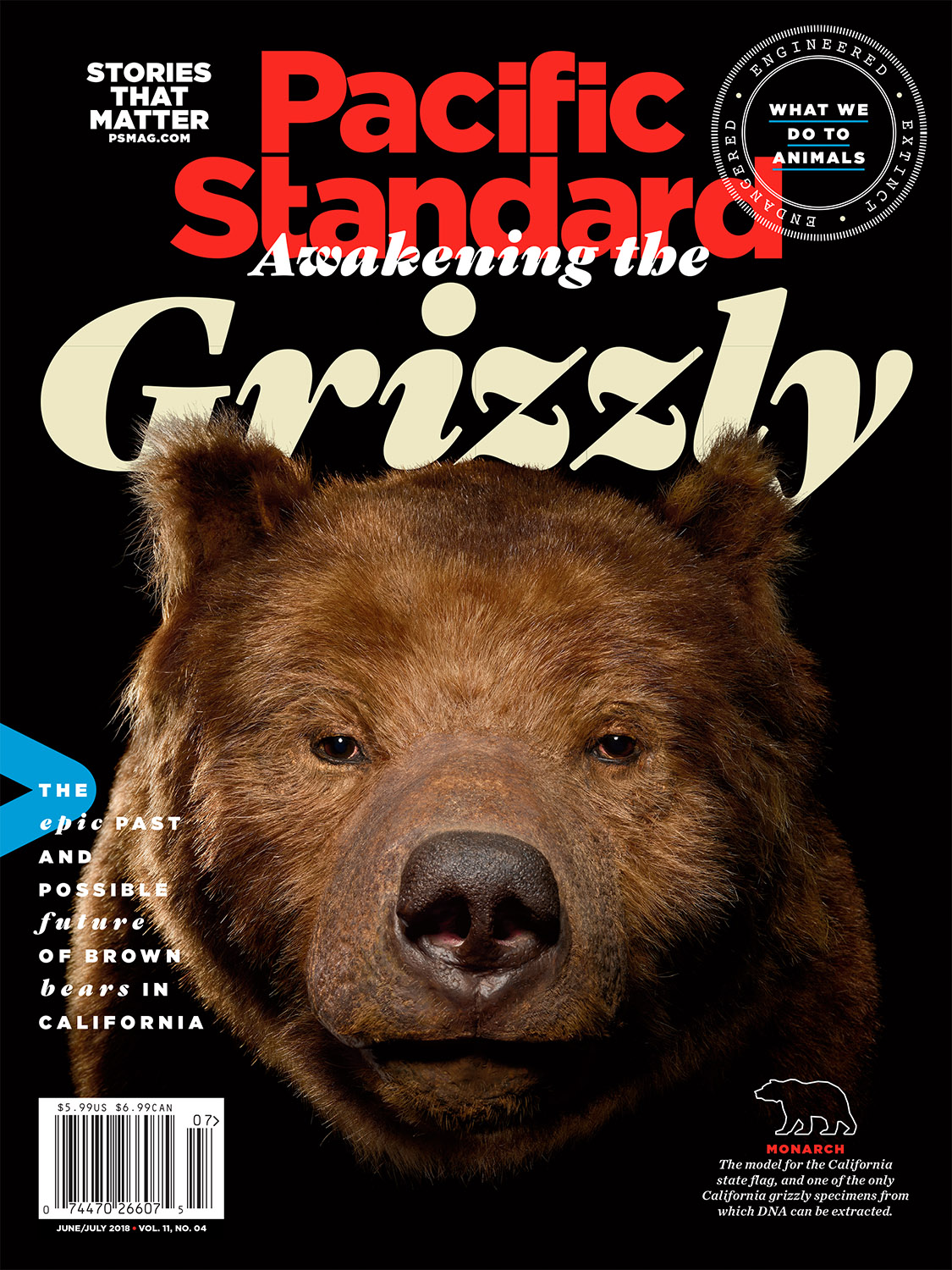In 1769, a rhinoceros was lugged from Calcutta to France as a gift for King Louis XV. The rhino outlasted the monarch, living in Versailles’ great menagerie until—legend has it—it was felled by the storming sword of a French revolutionary. Unwilling to allow such a potent symbol to disappear altogether, a team including Marie Antoinette’s former physician stretched the skin over an oaken frame for display in the Muséum National d’Histoire Naturelle. Mounted three decades before the term taxidermy was coined, the Rhino of Versailles was the largest taxidermic project ever undertaken at the time.
Since then, taxidermy has come to serve humanity’s most admirable pursuits, and its most narcissistic ones.
Blossoming during the Enlightenment, taxidermy was initially a tool of science and education. Nineteenth-century naturalists like Charles Darwin were expected to be proficient taxidermists, and museum dioramas strove for biological accuracy.
But at least as popular as scientific taxidermy was the sportsman’s trophy, the snorting wildebeest stretched out over the mantle. Taxidermied game symbolized man’s conquest of nature and dominance over the exotic. The relationship between colonialist hunters and the development of taxidermy lays bare the knowledge seeker’s ugly tendency to explore at others’ expense.

(Photo: The Voorhes)
In Victorian England, taxidermied animals were often displayed engaging in quotidian human activities. These Wes Anderson-ready tableaux featured croquet-playing cats, attentive schoolrooms of rabbits, and squirrels observing the sacred ritual of tea time—all projecting a familiar, human order on nature’s chaos.
While the gallivanting taxidermist William Horniday rhapsodized that an animal’s “skin is its soul, and when mounted by skillful hands, it becomes comparatively immortal,” taxidermy, it turns out, doesn’t last forever. Over time many skins decayed, or were purposely burned once the specter of colonialism became an embarrassment. Others were relegated to basement storerooms as educational tools evolved. And yet, the Rhino of Versailles still stands in the museum today, as big as the follies and ambitions of taxidermy itself.
A version of this story originally appeared in the June/July 2018 issue of Pacific Standard. Subscribe now and get eight issues/year or purchase a single copy of the magazine.





